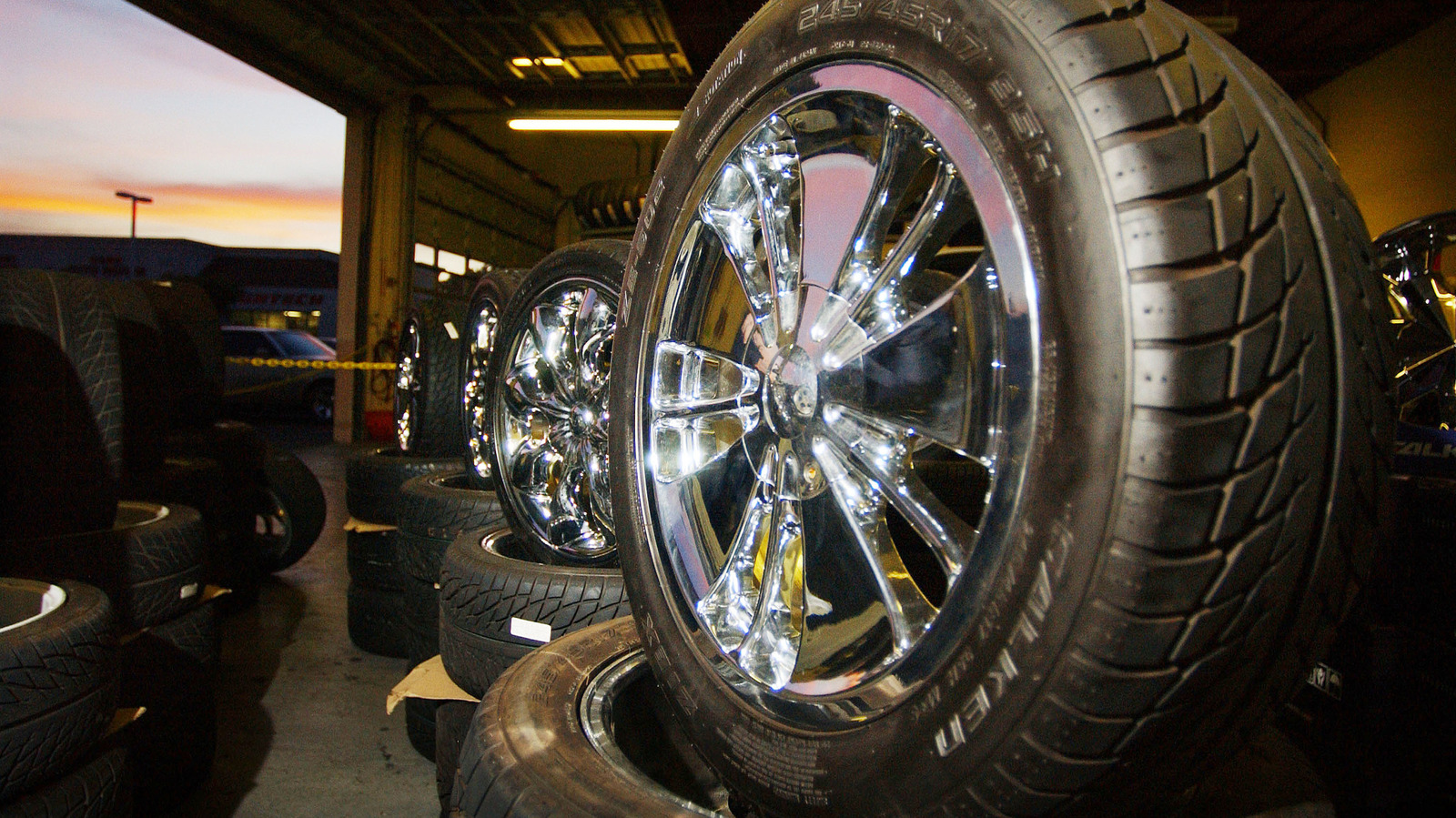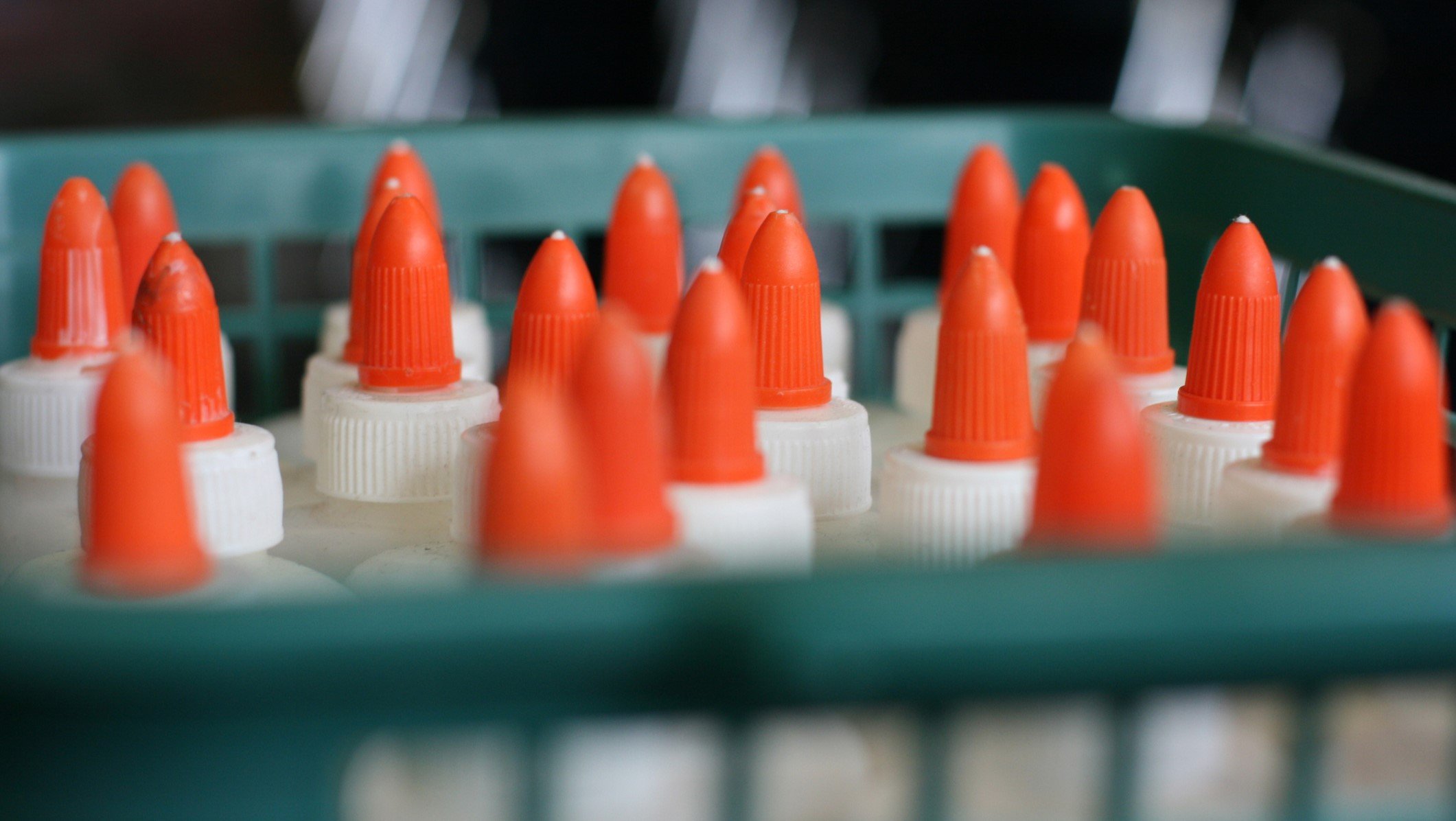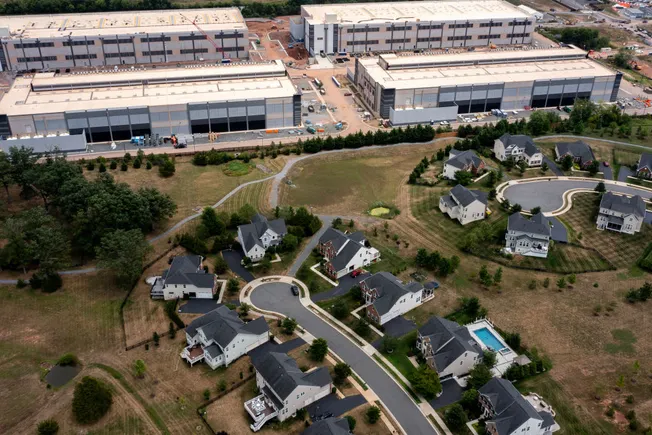How to Plant a Tree That Thrives, Even If You Don’t Have a Green Thumb
Learn how to plant a tree the right way with expert tips on timing, soil prep, and care. Boost curb appeal and help your tree thrive for years. The post How to Plant a Tree That Thrives, Even If You Don’t Have a Green Thumb appeared first on Redfin | Real Estate Tips for Home Buying, Selling & More.


In this Redfin article, we’re breaking down how to plant a tree the right way—whether you’re adding curb appeal to your home in Boise, ID or enhancing your backyard in Charlotte, NC. Tree planting isn’t just about digging a hole—it’s about setting roots for long-term success. Follow this detailed, expert-backed guide to give your tree the best start possible.

Why planting a tree matters
Planting a tree can increase property value by up to 15%, according to the USDA Forest Service. Trees also provide shade, reduce energy bills, prevent soil erosion, and improve air quality. Whether you’re aiming for aesthetics or sustainability, the long-term benefits of tree planting make it a smart investment.
Make planting part of a deeper connection
“Planting a native tree in your yard supports local biodiversity and mental well-being,” says TreeSisters. “Let your garden become a quiet space—listen to birds, feel the wind, and reconnect with nature. Even renters or small-space dwellers can create a peaceful, grounded sanctuary outdoors.”
Curious how your curb appeal upgrades could pay off? Use our How Much Is My Home Worth? calculator to estimate your home’s value.
1. Choose the right tree for your location
Success starts with choosing the right tree. Think about your climate, soil type, yard size, and sun exposure. You’ll also want to consider how big the tree will get once it’s fully grown—what looks like a tiny sapling now could one day block your windows or damage underground pipes.
Key considerations:
- Climate zone: Use the USDA Plant Hardiness Zone Map to determine what species will thrive.
- Soil type: Conduct a basic soil test (pH, drainage, texture) to match tree needs.
- Sun exposure: Choose species based on full sun, partial shade, or full shade.
- Purpose: Do you want privacy, color, fruit, or fast growth?
Popular trees by region:
| Region | Tree Type |
| Pacific Northwest | Douglas Fir |
| Midwest | Red Maple |
| Northeast | Eastern Redbud |
| Southeast | Southern Magnolia |
| Southwest | Desert Willow |
Experts share how to choose trees that are best for your yard
Choose trees that boost climate resilience
“Pick a tree that adds climate resilience to your home—like one that handles flooding or heat well,” says Greenportfolio. “Local arboretums or forestry services can help you choose the best fit. A well-selected tree supports your property and local ecosystems long-term.”
Go native and plan with growth in mind
“Site conditions like soil, drainage, and light should guide your tree choice,” says Plano Tree Care. “Native trees often perform better and need less maintenance. Avoid planting too deep and never pile mulch against the trunk. Consistent care in the first two years is key to building a strong root system.”
Use fast-growing trees for sustainability
“For eco-conscious planting, consider renewable species like poplar or bamboo,” says Out Of The Woods. “They grow fast, sequester carbon, and regenerate easily. Plant in compost-rich soil and water weekly for healthy growth. These trees support the environment with minimal intervention.”
2. Pick the right time of year
- Best seasons for planting:
- Fall is ideal in most regions because of cooler temperatures and more rainfall.
- Early spring works well too—before hot, dry weather sets in.
- Avoid: Summer and mid-winter, when extreme temperatures and dormant roots reduce success.
Pro-backed tips on choosing the right tree and planting season
Tailor timing and species to your climate
“In cold regions, plant from September to November so spring rain supports growth,” says Funwritings. “In tropical zones, plant during cooler months for better survival. Test soil pH, remove weeds, and mulch 2–3 inches around the base. Water deeply and protect young trees from harsh sun, mowers, or herbicides.”
Plant during cool seasons for best results
“Fall and early spring offer the best conditions to establish strong roots,” says Elite Tree Care. “Cool weather allows trees to settle in before hot weather kicks off new growth. Healthy container or balled-and-burlapped trees can also be planted during the growing season.”
Match species to your yard’s environment
“The key to successful planting is choosing a tree that suits your space, soil, and sun,” says The Trees Remember. “Plant in early spring or fall so roots have time to establish. Keep the root flare exposed, water deeply once a week, and avoid overwatering. A strong start leads to decades of healthy growth.”
Plant in fall and plan for decades of growth
“Fall is the best time to plant trees, as cooler temps and consistent moisture help roots establish,” says Timberland Tree Care. “Be sure the location supports your tree’s light and space needs—especially for varieties like Japanese maples. Dig a wide, shallow hole, water thoroughly, and mulch to retain moisture. Planting too low or in the wrong spot are common mistakes that impact survival.”

3. Decide on the right spot
Once you’ve picked your tree, scope out the perfect place to plant it. Look up and down—make sure there are no power lines overhead or utility lines below. Avoid planting too close to your house, sidewalk, or other trees.
Tree experts share how to choose the perfect planting spot
Know your space before planting
“When planting saplings, always match the species to the site,” says Tree-Plenish. “Consider sun exposure, soil type, and the tree’s full-grown size. Native species are usually the best option for long-term success.”
Start fresh with a new location that has undisturbed soil
“The most common mistake is replanting in the exact spot where a large tree once stood,” says Raleigh Tree Service. “Old soil may carry disease, pests, or root decay that can harm a new tree. Give your tree a fresh start by choosing a new site with healthy, undisturbed soil.”
Choose a spot that will fit the tree’s full growth sizethe right spot and plant with precision
“To plant a tree that thrives, select a location that fits the tree’s full-grown size and light needs,” says Rawe Tree Care and Vegetation Management. “Dig a hole twice as wide as the root ball and keep the root flare above ground. Loosen circling roots, backfill with native soil, and water deeply to eliminate air pockets. Mulch around the base, but keep it a few inches from the trunk to prevent rot.”
3. Prep the planting site
- Remove grass and weeds in a 3-foot radius.
- Dig a hole 2–3 times wider than the root ball, but no deeper.
- Loosen surrounding soil for easier root expansion.
- Avoid adding fertilizer at this stage—it can burn young roots.
Expert tips for soil prep that leads to healthier trees
Improve soil before planting
“Mix compost into the soil before planting to give roots a nutrient-rich environment,” says Click A Tree. “Water slowly and deeply to help roots grow downward. Avoid digging too deep—focus on making the hole wider instead. Mulch helps retain moisture but should never touch the trunk.”
Prep the soil and protect the trunk
“Cool-season planting gives roots time to establish before stress hits,” says Treemasters. “Loosen the soil and add compost if needed. Water well before and after planting and mulch to lock in moisture—keeping it away from the trunk. Monitor for pests and prune properly for long-term health.”
Raise roots above compacted soil
“Start with very young trees and plant during spring or early fall,” says Pocket Woodlands. “Build a mound with soil and organic matter to raise roots above compacted ground and improve drainage. Water slowly and deeply twice a week. Add shrubs around the base for shade, interest, and root protection.”
4. Plant your tree the right way
This part’s easier than you think. Here’s how to do it:
- Remove any burlap, twine, or wire from the root ball.
- Gently loosen any circling roots so they don’t strangle the tree as it grows.
- Place the tree in the hole so the top of the root ball is level with or slightly above ground level.
- Fill in the hole with the original soil (you don’t need to amend it with fancy additives).
- Press the soil down firmly, then water deeply to remove air pockets.
Expert-approved planting techniques for stronger roots
Soak root balls before planting
“For small trees, soak the root ball in water until bubbles stop before planting,” says Rastaseed. “For larger trees, fill the planting hole with water first. This improves survival by ensuring moisture reaches deep into the soil right away.”
Give roots room and avoid volcano mulching
“Pick a location with the right sun, soil, and space conditions for your tree,” says Sound Tree Care. “Dig a hole 2–3 times wider than the root ball and keep the root flare visible. Loosen roots, backfill with native soil, and soak thoroughly. Never pile mulch against the trunk—this traps moisture and leads to decay.”
Use climate tools and plant at the right depth
“Choose a tree that matches your climate and soil, and plant in fall or early spring for the best results,” says Paper Culture. “Use online tools to find tree types suited for your region. Avoid burying the root flare too deep and water deeply 1–2 times per week in the first year. Mulching and consistent care make all the difference.”

5. Add mulch—but don’t volcano mulch
- Apply 2–4 inches of mulch in a donut shape around the tree (not against the trunk).
- Benefits: Retains moisture, regulates soil temp, and prevents weeds.
- Keep mulch 2–3 inches away from the trunk to avoid rot and pests.
Mulch right and monitor moisture
“Plant in early spring or fall, and choose native species that match your site,” says Regreener. “Water thoroughly after planting and mulch around, not against, the trunk. Keep soil moist during the first year and avoid compacting the soil too tightly.”
6. Water wisely
New trees need regular watering, especially during their first year. A good rule of thumb is to give your tree a deep watering once a week—more often in hot, dry weather.
General watering rules:
- Water 1–2 times per week, depending on weather and soil drainage.
- Use slow, deep watering—soaker hoses or drip systems are ideal.
- Reduce watering once established (after 1–2 years).
Watch for drainage issues that drown trees
“The biggest threat to newly planted trees is poor drainage,” says Bullard Tree and Garden. “We use a metal probe as a dipstick to check moisture levels below the surface. If water collects at the bottom of the hole, it can drown the roots. Fix drainage problems fast to protect the tree’s long-term health.”
7. Support, prune, and protect
- Staking: Only stake if needed for support. Remove stakes after the first year.
- Pruning: Remove only dead or damaged branches. Don’t over-prune young trees.
- Protection: Use guards to prevent lawnmower or animal damage.
Tree care professionals share their top planting mistakes
Avoid deep holes and overwatering
“For optimal tree health in the Bay Area, plant during cooler months when roots can settle before summer heat,” says Peninsula Tree Care. “Avoid planting too deeply or overwatering—both can harm young trees. Keep the root flare slightly above ground, mulch properly, and always check soil drainage before planting.”
Don’t bury the root ball too deep
“The dormant season—early spring or fall—is best for planting trees,” says 9Trees. “Keep the root ball near the surface and focus on width when digging. Mulch to hold moisture, but don’t let it touch the trunk. For long-term success, choose native species, ensure good drainage, and water consistently.”
Don’t force a tree where it doesn’t belong
“Pick a tree that suits your location—not just one you like the look of,” says Metropolitan Wholesale. “Problems often come from planting species in the wrong spot. Consider light, soil, space, and mature size before you dig.”
The post How to Plant a Tree That Thrives, Even If You Don’t Have a Green Thumb appeared first on Redfin | Real Estate Tips for Home Buying, Selling & More.



















































































































































